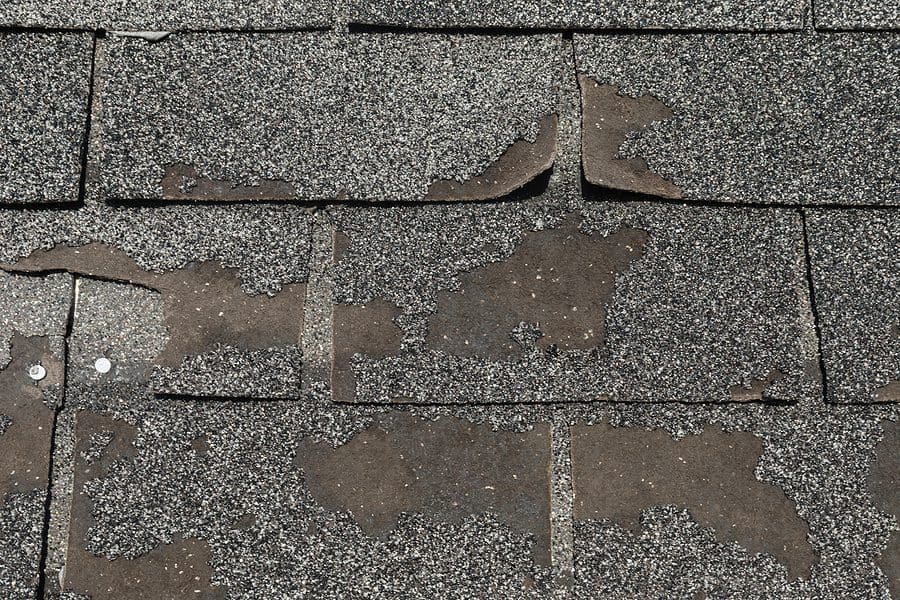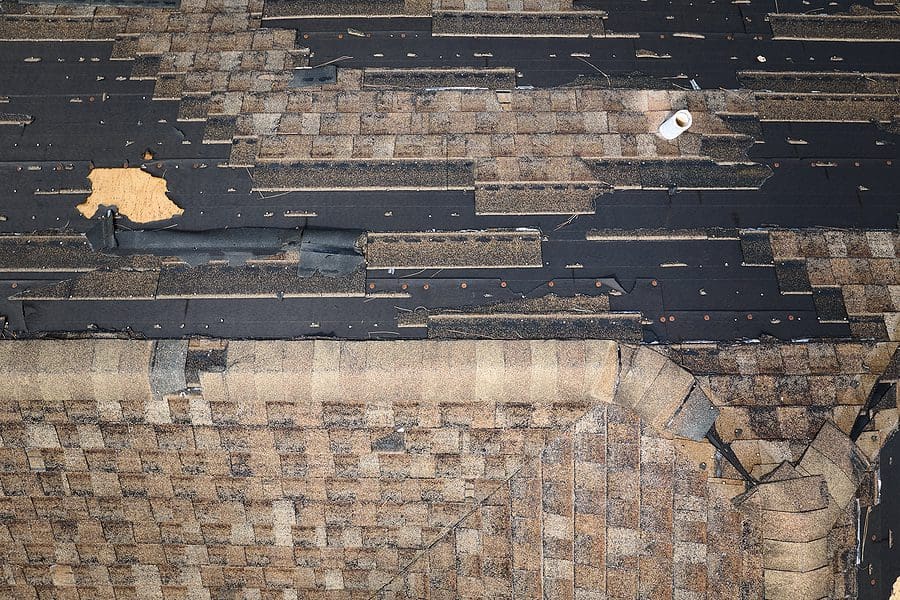As we brace ourselves against the escalating climate changes, the summer of 2023 has made its mark with record highs, affecting countless regions across the globe. This surge in temperature not only disrupts our daily lives but poses significant threats to our homes, specifically to our roofs. Heat damage, intensified by these environmental extremes, leaves homes vulnerable to a multitude of issues.
Look at Your Shingles

One of the most overt indications of heat damage is evident in the shingles of a roof. Cracked shingles, which resemble parched land in a drought, signify extreme dryness caused by excess heat. Shrinking shingles are a by-product of moisture loss, making them brittle and more susceptible to wind uplift. Blistering shingles are caused by trapped moisture and air bubbles, which expand due to intense heat. Finally, warping shingles, which tend to curl or deform, also become a breeding ground for molds and moss. These manifestations are more than mere cosmetic concerns; they’re red flags signaling the compromised integrity of your roofing system.
Thermal Shock
Another concerning effect of these sweltering temperatures is thermal shock. Roofs, like any other material, expand in the heat and contract in the cold. However, the rapid transition from blistering daytime heat to cooler nights puts an immense strain on roofing materials, leading to possible fractures or weakened structural integrity. This cyclical expansion and contraction wear down the resilience of the roof over time, making it vulnerable to leaks and other damages.
Discoloration & Softening

Equally concerning is the discoloration of roof tiles. While some may disregard it as a mere aesthetic concern, it’s often an indication of more profound issues. Discolored tiles often mean that they’ve been subjected to excess heat for prolonged periods, leading to a reduction in their reflective properties. This not only makes them less effective at bouncing back sunlight but also reduces their lifespan.
High temperatures can also wreak havoc on other integral parts of the roof. Roofing materials such as flashing, which play a vital role in diverting water away from crucial intersections, can melt or soften under extreme heat. Softened flashing loses its rigidity and ability to direct water, leading to potential leakages or water pooling.
Protecting your roof against heat damage is imperative. Some steps to consider include installing reflective roofing materials, ensuring proper ventilation, and regularly inspecting your roof for signs of damage. At Wagner Roofing, we understand the critical role a roof plays in protecting your sanctuary. Our expertise and commitment to quality ensure that your roof remains in optimal condition, shielding your home from the heat’s harsh effects. Entrust Wagner Roofing with your roofing needs, and together, let’s combat the scorching threats of climate change.